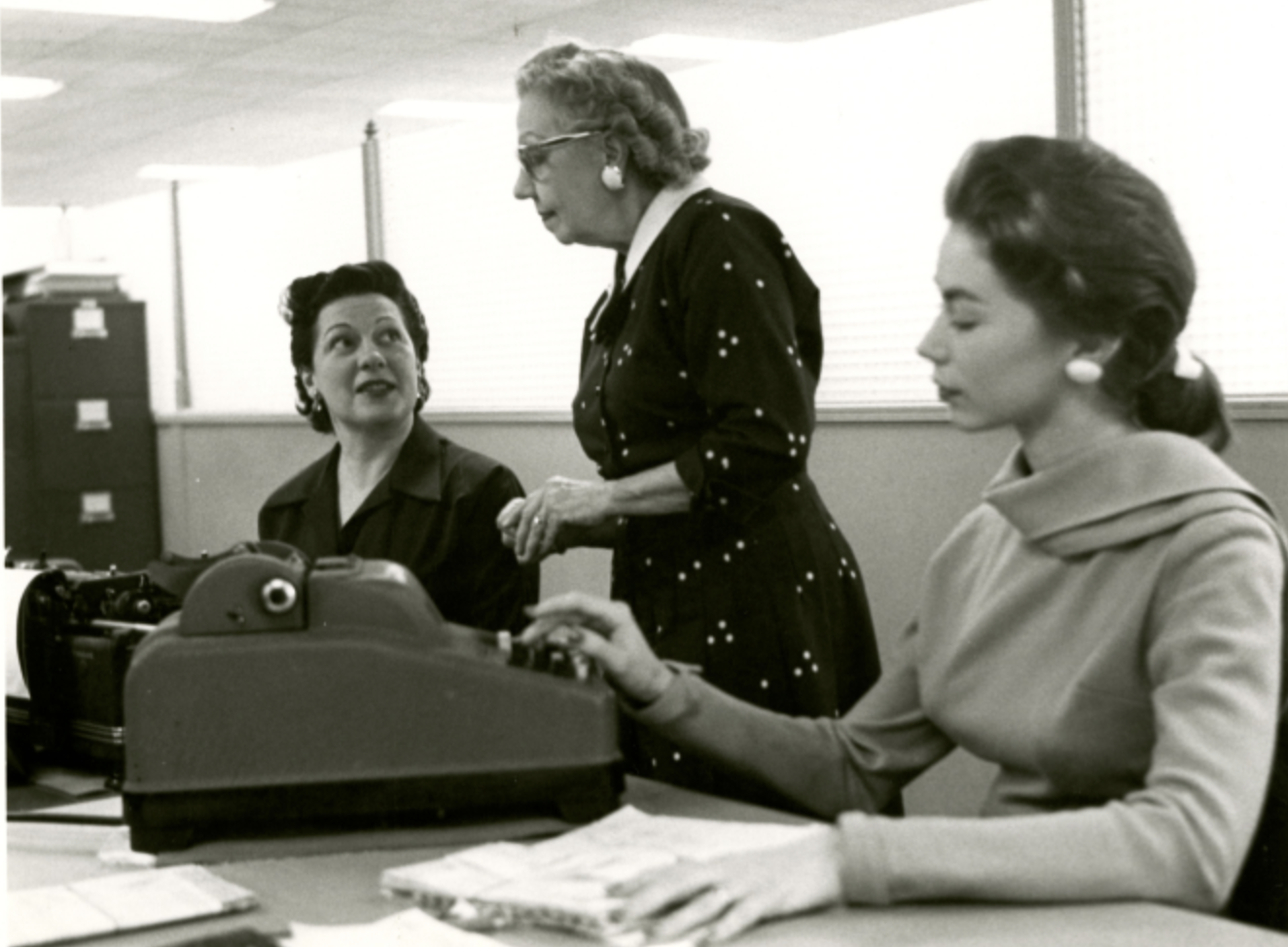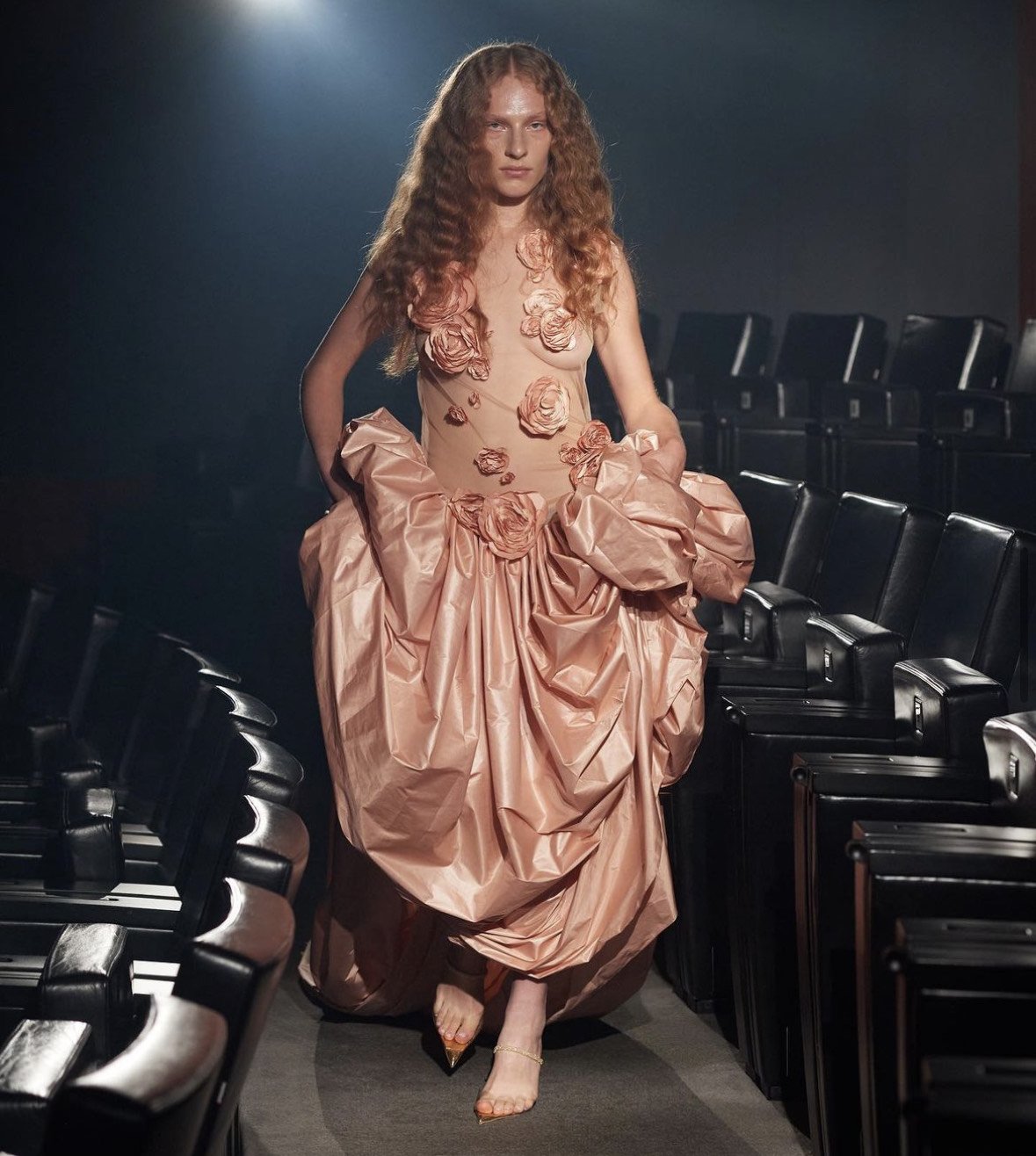The Lost Art Of Lacemaking
For hundreds of years, lacemaking was a major craft in Europe. Woven by specialist lacemakers for hours and hours on end, lace was an expensive material. Nowadays, it is a common textile used in many different garments at an affordable price. I’ll be showing you how lacemaking evolved from an elite fabric to something everyone has worn at least once in their life, and what cultural roles it has played throughout history.
First some basic history. The place and time of the “origin” of lace is a disputed fact. Some say it was the late 15th century, others point to the 16th century. It really depends on location—every place where lacemaking is a speciality wants it to be their invention, of course. Either way, it is unlikely that it just happened, as it is a craft that evolved from other fabric-making skills. Sadly, since it is such a delicate fabric, very few early examples are still intact. There are many different ways to create lace, for example, bobbin lace is created through twisting and braiding threads on a little pillow. Other ways are through crocheting, knitting, cutting, or using just a needle and thread to create the lace from nothing. The delicate fabric had many different uses, such as placement on altars in churches, ruff collars, cuffs, decoration, entire dresses, caps and many more things. The main centres for the creation of lace are Flanders, Italy and France.
Unknown Holland painter, Portrait of woman, 17th century,
One of the most intriguing products made from lace were ruffs. Ruffs are enormous, ruffled collars often made with lace. The shape was achieved by starching the fabric and leaving it in the desired shape (and also by wearing a bunch of layers on top of each other). They were mainly worn from the 16th to the 17th centuries, by people from a wealthy and often powerful background. The ruffs were a clear symbol of their wealth, and kept their posture up straight and proud. Oh, the things humans do to look rich. The pictures below show some interesting examples, to say the least. Let’s hope they were good at not spilling their drink all over their ruff.
An interesting figure in the history of lacemaking is the German Barbara Uthmann. In the mid-1500s, she managed to run a bobbin-lace workshop that employed around 900 braiders at one point. She was one of the most important business people in her area and is still being praised for her achievements to this day. It is important to note that it is not entirely sure what type of lace she made, but some assume it was bobbin lace.
Victoria in her official Diamond Jubilee photograph by W. & D. Downey. Victoria was famous for her usage of lace throughout her reign.
By the mid-1800s, laces could quite easily be made by machine and became available to a larger number of people. Even though these were available, many still preferred handmade lace. Nowadays, lace seen on clothes is mostly machine-made. Of course, lace is something that will always stay classy. In the last few months, there have been some trends relating to lace that has become increasingly popular. For example, some Peter Pan-Esque collars on white blouses, as well as just collars to wear on any garment you own! Whilst it is great that more people can wear it now, it is still sad that a beautiful craft like lacemaking should slowly fade. Luckily, there are still small businesses that create laces, or people that use them as a pastime. If you’re still in lockdown, it would be a great new hobby to waste time on. A lot of it.










